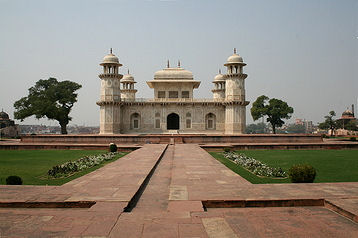
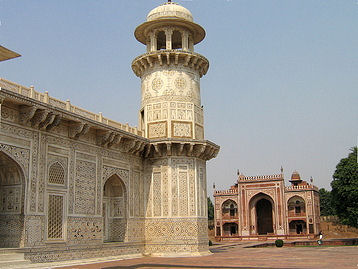
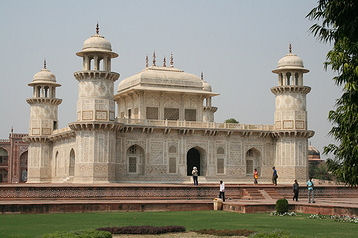
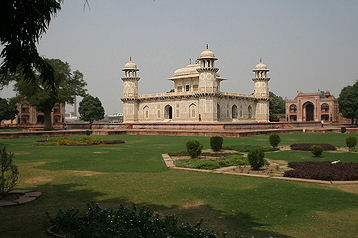
Agra and Itimad-ud-Daulah's Tomb |
 |
 |
| Itimad-ud-Daulah's Tomb | |
 |
 |
| Itimad-ud-Daulah's Tomb | Itimad-ud-Daulah's Tomb and garden |
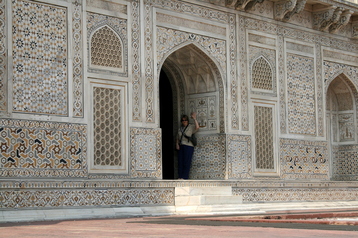 |
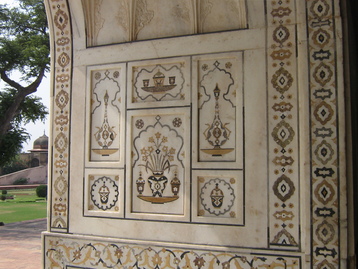 |
| Pietra dura (inlaid marble) on the walls | |
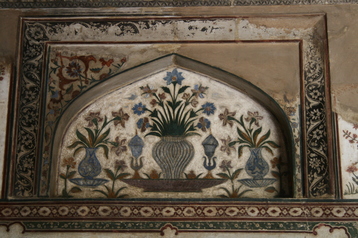 |
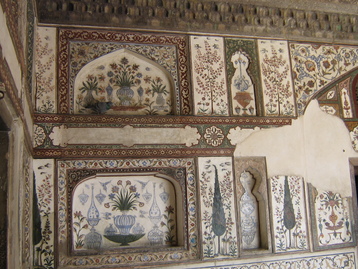 |
| Painted floral patterns inside the tomb | |
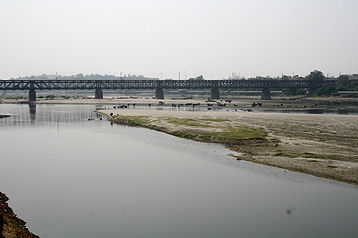 |
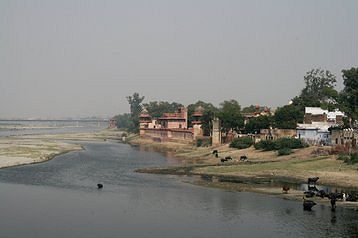 |
| The bridge as seen from the tomb | The tomb as seen from the bridge |
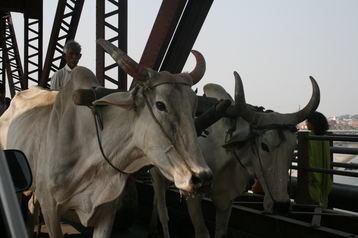 |
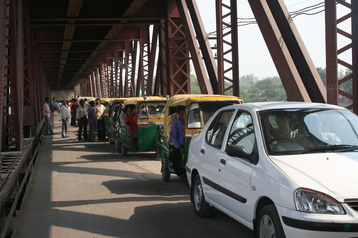 |
| Bullocks on the bridge | These car and rickshaws are parked in a traffic jam |
Back to India 2007